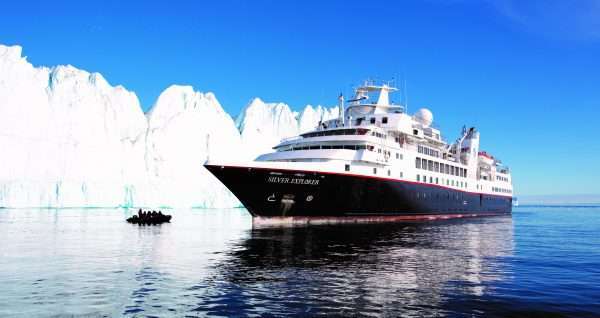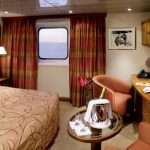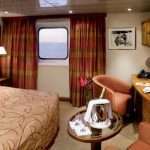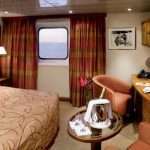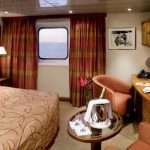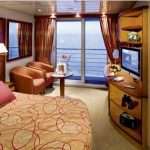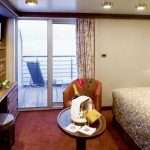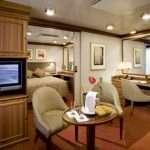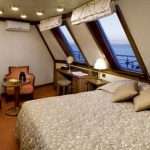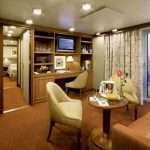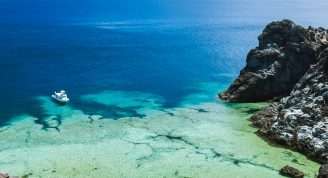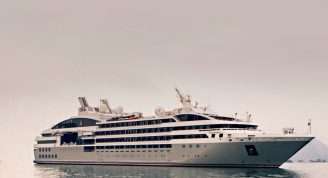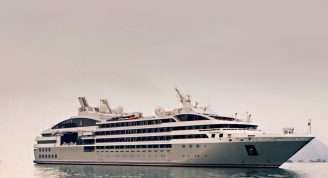Description
Accompany us on this semi-circumnavigation of Japan and visit some of the most outstanding natural and man-made sites this strange and wonderful country has to offer: National Parks, not one, not two but three of Japan’s highest-ranked gardens and traditional buildings. Imbibe in the solemn spirituality of the many shrines, temples and memorials. Our final destination Shanghai presents better than anywhere the juxtaposition of Asia’s past and present.
Trip Name
Wonders of Japan
Days
10
Overview
Vessel Type: Luxury Expedition
Length: 108 metres
Passenger Capacity: 132
Built / refurbished: 1989 / 2008 / 2017
Silversea’s purpose-built luxury Silver Explorer expedition cruise ship has been designed specifically for navigating waters in some of the world’s most remote destinations, including both of earth’s polar regions. A strengthened hull with a Lloyd’s Register ice-class notation (1A) for passenger vessels enables the Silver Explorer Expedition Cruise Ship to safely push through ice floes with ease. A fleet of Zodiac boats (11) allows Silversea Expedition guests to visit even the most off-the-beaten path locations and an expert Expedition Team provides insight and understanding to each unforgettable Silver Explorer luxury cruise adventure.


